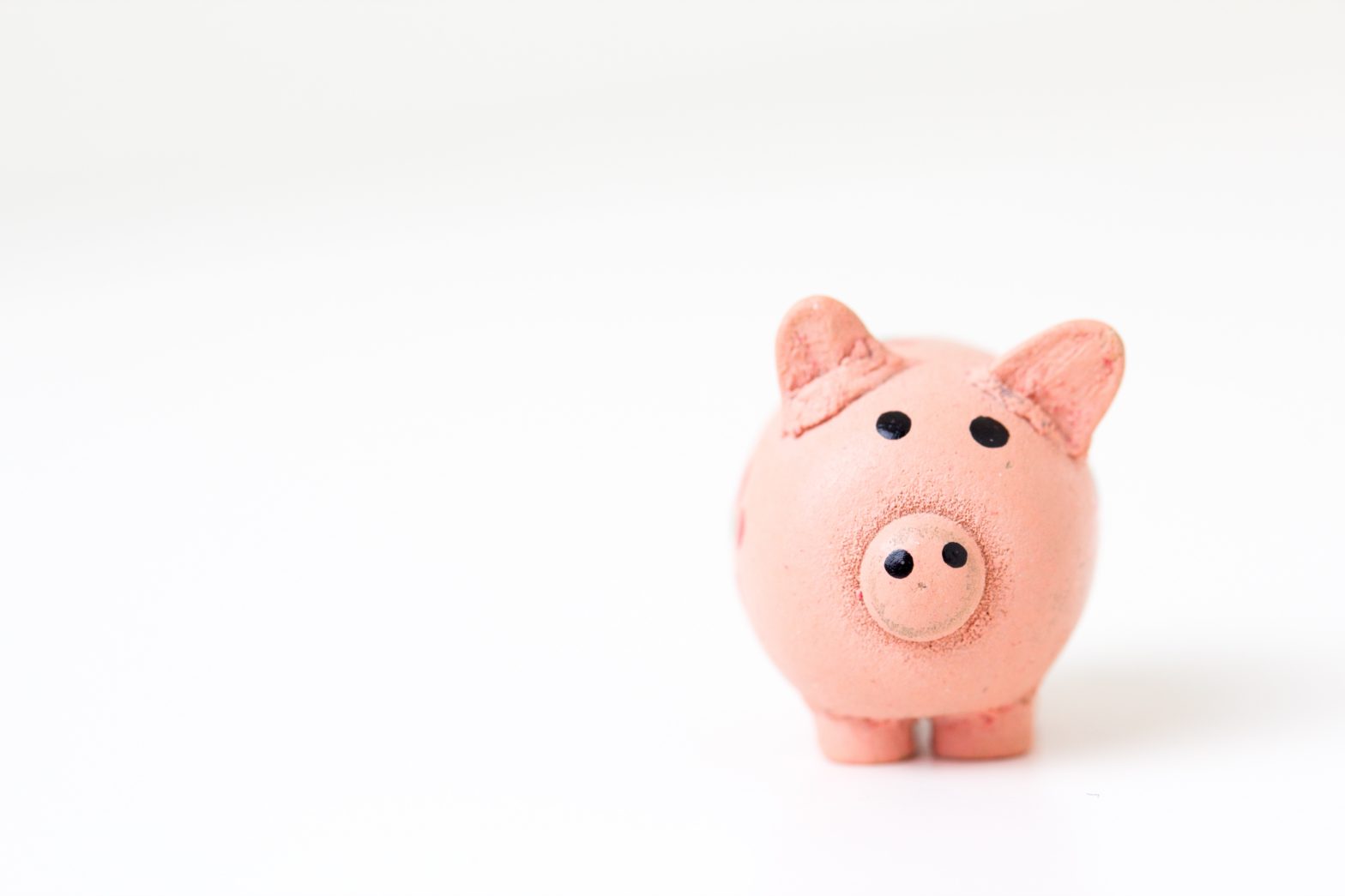Key takeaways:
- A transaction account should have a zero account fee, while a savings account should have the highest interest rate in the market even after the end of its introductory period.
- Choose a transaction account based on the most critical feature you need. For example, if you travel overseas a lot, you might want to consider a transaction account that charges minimal international transaction fees. Or if you like the convenience of using ATMs to take money out without having to pay any ATM fee, then you should get an account that can do precisely that.
- Have at least three accounts – two savings accounts and one transaction account. Hide one of the savings accounts out from your banking dashboard.
- If you have a family or a partner, have multiple cards for the same transaction account.
- Most tech gimmicks on offer are just fancy marketing tricks – most users don’t need them. Think about what data you are sharing with your banks over the smartphones.
No one switches bank account. A recent study found that only 1.4% of people with bank accounts in the UK (70 million bank accounts) bother to switch bank account. Most people still bank with their first ever bank (perhaps the account was opened when they were still kids), even if there is no good reason to do so.
I think everyone should switch their bank accounts often. There is no need for loyalty to any banks. The banks make money from you every day whether your account is active or idle. Check the best deals for transaction and savings accounts available. If you are in Australia, finder.com.au is a good site to start your search. Focus on finding a transaction account with a low admin fee, and savings account with an excellent monthly interest rate. Make sure you close your unused accounts if the accounts come with any monthly admin fee, even $5 a month would amount to $60 you could use for something useful.
I use ME Bank for both my transaction and savings accounts. They have good features. You can check out the product disclosure statement (PDS) on their website for more information. ING also has good transaction and savings products. Both banks also offer you funky and colourful banks cards. Check out this screenshot from ME Bank website below.

How to optimise your account setup? And why do I even need two types of bank accounts?
All your wage, salary or allowances should go to your primary savings account. This account should be hidden away from your dashboard when you login into your internet banking account.
Before you make this account hidden from view, set up a regular transfer schedule that will execute each time you get paid. This first transfer will allocate money from your primary savings account to your secondary savings account. For example, if you receive $1,000 in salary every fortnight in the savings account A, save $400 and transfer $600 to the savings account B. In this way, you feel as if you can only spend $600 – this first step enforces a saving habit.
Your savings account doesn’t usually come with a debit card so you will need to transfer some money from your savings account to your transaction account to be able to spend. Keep your transaction account with as little money as you need, maybe $100 max. If you do it this way, then you will also earn some interests on your $500 in the savings account B for that month.
Transfer money from the savings account B to your transaction account as required. You can schedule other money transfers from the savings account B to your transaction if you need to pay for regular bills or other regular money commitment, like paying down debts or a known weekly or a monthly expenditure.
If you stick to this plan, you can save a pretty good chunk of money in one year. Using my simple example above, if you get paid $1,000 every fortnight, then you can save 26 * $400, or around $10,400 in just one year plus interests.
Do you really need all the tech gimmicks that come with your accounts?
Some banks offer fancy mobile apps, the ability to pay with your phone or your smartwatch etc. My personal view on this is that most of the tech gimmicks are not worth your privacy and personal data.

